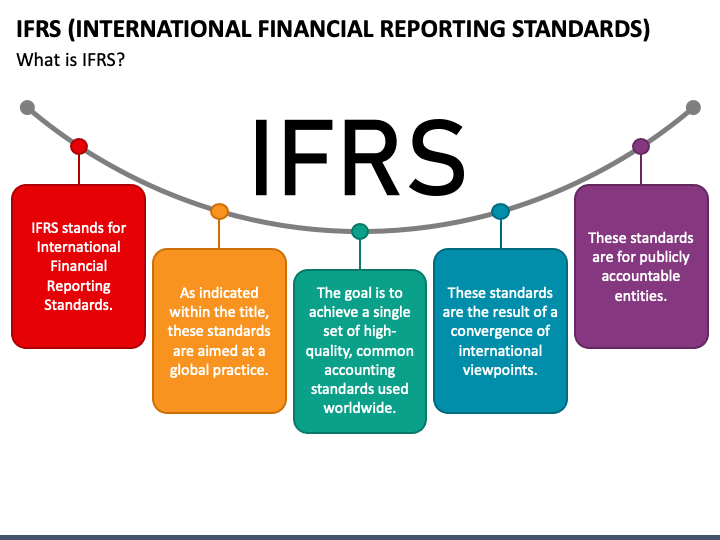Understanding the Difference Between Holding and Subsidiary Companies | 2024

When navigating the complex world of business structures, two common terms you’ll encounter are “holding company” and “subsidiary company.” These terms are pivotal in corporate finance and business strategy, influencing how companies are structured and managed. This article will explore the differences between holding and subsidiary companies, breaking down their roles, relationships, and strategic importance in an easy-to-understand format.
What is a Holding Company?
Contents
A holding company is a type of parent company that doesn’t engage in its own operations, activities, or services. Instead, its primary purpose is to own shares in other companies to form a corporate group. The key function of a holding company is to control other companies, whether they are other holding companies or operating companies. By controlling a significant portion of stock (more than 50% of the voting shares), a holding company has the authority to influence the company’s policies and oversee its management decisions.
What is a Subsidiary Company?
A subsidiary company is controlled by another company, which is referred to as the parent company or holding company. The control is exercised by owning more than 50% of the subsidiary’s voting stock. Subsidiaries can conduct business under their name, and they can be in the same industry or a different one from the parent company. Subsidiaries retain a degree of operational independence, but key decisions often need approval from the parent company’s board of directors.
Key Differences
The primary difference between a holding and a subsidiary company is their role within the corporate structure. Here are the key distinctions:
- Ownership and Control: A holding company owns other companies and creates a corporate group structure. It controls its subsidiaries by owning shares and governs their policies and management. In contrast, a subsidiary is controlled by another company and operates under the strategic framework laid out by its parent.
- Business Operations: Holding companies do not partake in daily business operations or offer services directly. They are purely investment entities. Subsidiaries, however, are directly involved in business operations and market their products or services.
- Legal Entity: Both holding and subsidiary companies are separate legal entities. This means they are treated as separate legal persons under the law, which is important for issues like taxation and liability.
Visual Representation
To illustrate the relationship and differences further, consider the following simple table and hypothetical organizational chart:
Comparison of Holding and Subsidiary Companies
| Feature | Holding Company | Subsidiary Company |
|---|---|---|
| Purpose | To own shares in other companies. | To operate a business under guidance. |
| Operations | Does not conduct business operations. | Conducts business and markets products. |
| Legal Status | Separate legal entity. | Separate legal entity. |
| Control | Controls subsidiaries through ownership. | Controlled by the parent company. |
Organizational Structure
- Holding Company
- Subsidiary A (100% owned)
- Sub-subsiary A1 (50% owned by Subsidiary A)
- Subsidiary B (75% owned)
- Subsidiary C (80% owned)
- Subsidiary A (100% owned)
This chart shows how a holding company might structure its subsidiaries and their relationships.
Conclusion
Understanding the difference between a holding company and a subsidiary is crucial for anyone involved in business, investing, or corporate law. Each plays a distinct role in the business ecosystem, influencing strategic decisions and financial structures. By mastering these concepts, business professionals can better navigate potential investments, business expansions, or restructuring.
This breakdown not only clarifies these two types of companies but also helps potential investors and business owners make informed decisions about their corporate structures and strategies.






